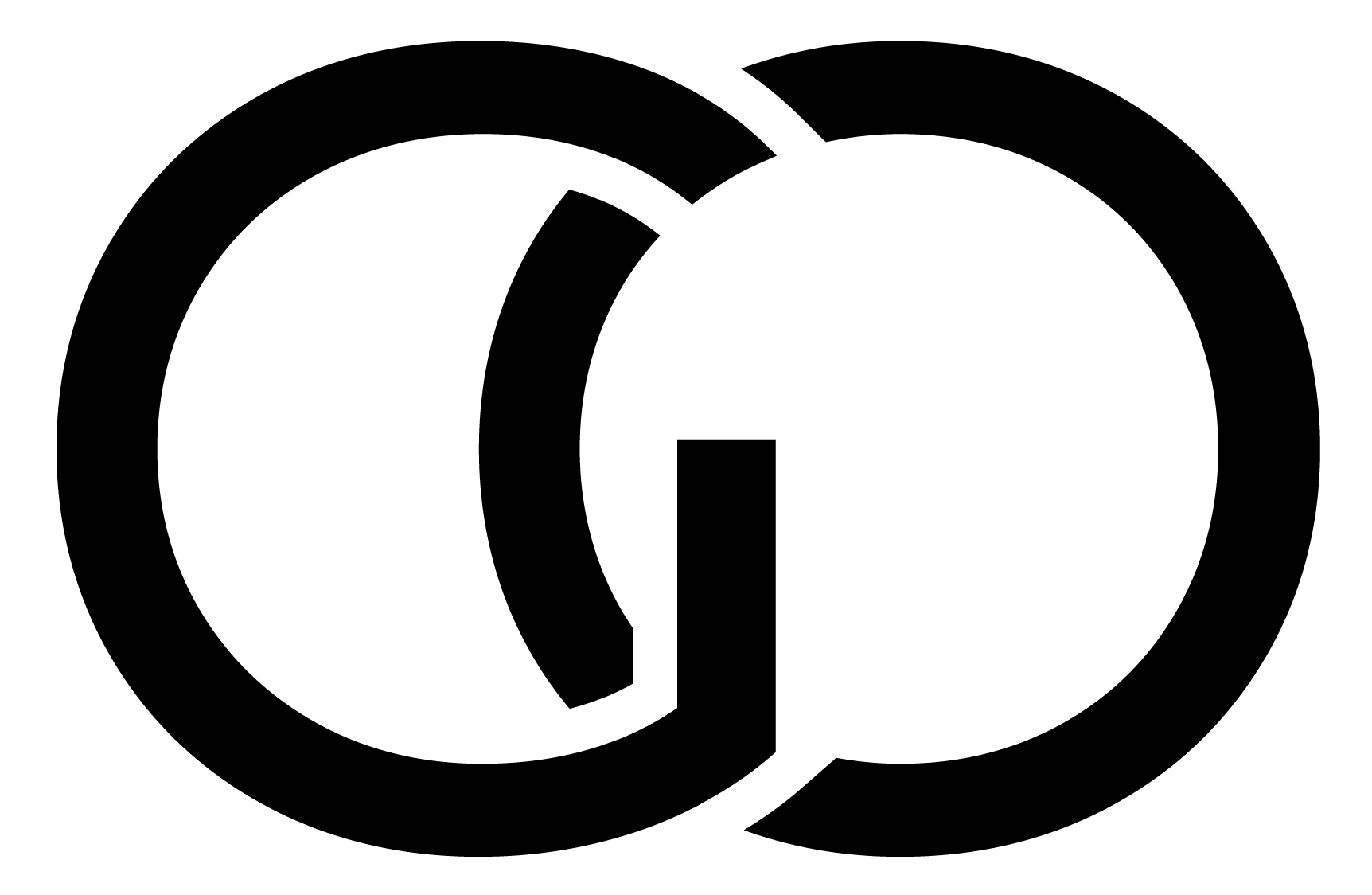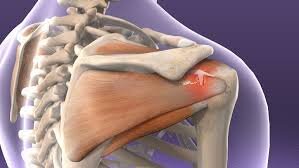Rotator Cuff Tears
What is the rotator cuff?
The rotator cuff is a group of four muscles that start at the shoulder blade (scapula) and attach to the top of the arm bone (humerus). The muscles become tendons where they attach onto the ball of the shoulder joint. These muscles are responsible for rotation and elevation of the arm.
What is a rotator cuff tear?
A rotator cuff tear is where one or more of the tendons have become damaged, frayed or detached from the humerus bone. Tears are described based on how many tendons are affected, and the extent of damage to the tendons. The most common tear is of the tendon at the top of the shoulder called the supraspinatus. Larger tears can affect two, three or even all four tendons. The extent of damage falls into three main categories:
Tendinopathy - Tendons are thickened and inflamed from rubbing or catching on a bone spur in the shoulder (this is called impingement).
Partial thickness tear - The tendon is frayed or torn but still attached to the bone.
Full thickness tear - The tendon has detached completely from the bone.
WHAT CAUSES A ROTATOR CUFF TEAR?
Rotator cuff tears can be caused in two main ways; injury (trauma) and degeneration.
Traumatic tears occur after a significant and memorable injury. They commonly occur after a heavy fall, a road traffic or sporting accident, or after a shoulder dislocation.
Degenerative tears occur due to gradual wear and tear in the tendons. These are the most common type of rotator cuff tear, generally seen in patients over 50 years of age. They are more common in people who have a heavy physical job, particularly those involving a lot of overhead work or lifting. This includes occupations such as painters, plasterers and builders. Bone spurs on the acromion (the bone which sits above the rotator cuff) can also contribute to the development of degenerative tears.
what are the symptoms of a rotator cuff tear?
The main symptom of a rotator cuff tear is shoulder pain. This is typically made worse by lifting or performing tasks above shoulder height, or behind your back. Pain at night with difficulty lying on the affected shoulder is also very common. With larger tears you may notice weakness when lifting or rotating your arm. The muscles around the shoulder may become noticeably smaller (wasted).
As rotator cuff tears often occur gradually as part of the normal aging process, many people do not have pain, and the other muscles around the shoulder compensate for the dysfunctional rotator cuff. These asymptomatic tears can be seen on incidentally on scans in patients with surprisingly normal shoulder function.
HOw is a rotator cuff tear diagnosed?
A rotator cuff tear can usually be identified based on your symptoms and clinical examination by an appropriately trained specialist. X-rays are often normal, but should be performed to make sure there are no signs of shoulder arthritis. An ultrasound scan will detect most tears, and is quick and easy to obtain. The best way to confirm the diagnosis, identify the type of tear, and to determine the extent of damage is with an MRI scan.
What is the best treatment for a rotator cuff tear?
The best treatment for a rotator cuff tear depends on the type of tear, and how long it has been present. Tears that occur as a result of significant injury in previously normal tendons are generally best repaired with early surgery. The most common scenario is after a shoulder dislocation in a patient between 40-60 years of age.
The majority of rotator cuff tears are due to degeneration and wear and tear. Pain often builds up slowly, although it can start suddenly after what seems like a fairly minor injury. Although these tears are unlikely to heal by themselves, in many cases proper non-surgical treatment can result in relief of pain and restoration of normal shoulder function. Non-surgical treatment includes:
Activity modification - Avoiding activities such as lifting heavy objects above your head or away from your body.
Non-steroidal anti-inflammatory medication - Drugs like ibuprofen, Voltaren or Celebrex can reduce pain and swelling.
Strengthening exercises and physiotherapy - A physiotherapist can teach you specific exercises to restore movement and strengthen your shoulder. With training, the other muscles around your shoulder can take over the function of the damaged tendon.
Steroid injection - Injection of a local anaesthetic and a cortisone preparation may be helpful. Cortisone is a very effective anti-inflammatory medicine; it can relieve pain and allow you to comfortably perform your physiotherapy exercises.
If your symptoms are not improving after three months of non-surgical treatment, surgery may be required.
If a rotator cuff tear has been present for many years the tendons can become very shortened and retracted. The muscles which have not been working during this time shrink down and become atrophied and fatty. The remaining tendon tissue also becomes friable and weak. This situation is called a massive rotator cuff tear. Once a rotator cuff tear has become this large, it is often not possible to get the tendon back to where it used to attach. Even if it were possible, the muscle would be too weak to allow it to function. Surgery for a massive rotator cuff tear is unlikely to be helpful.
What is the surgical treatment of a rotator cuff tear?
Click this link for information about rotator cuff surgery.

